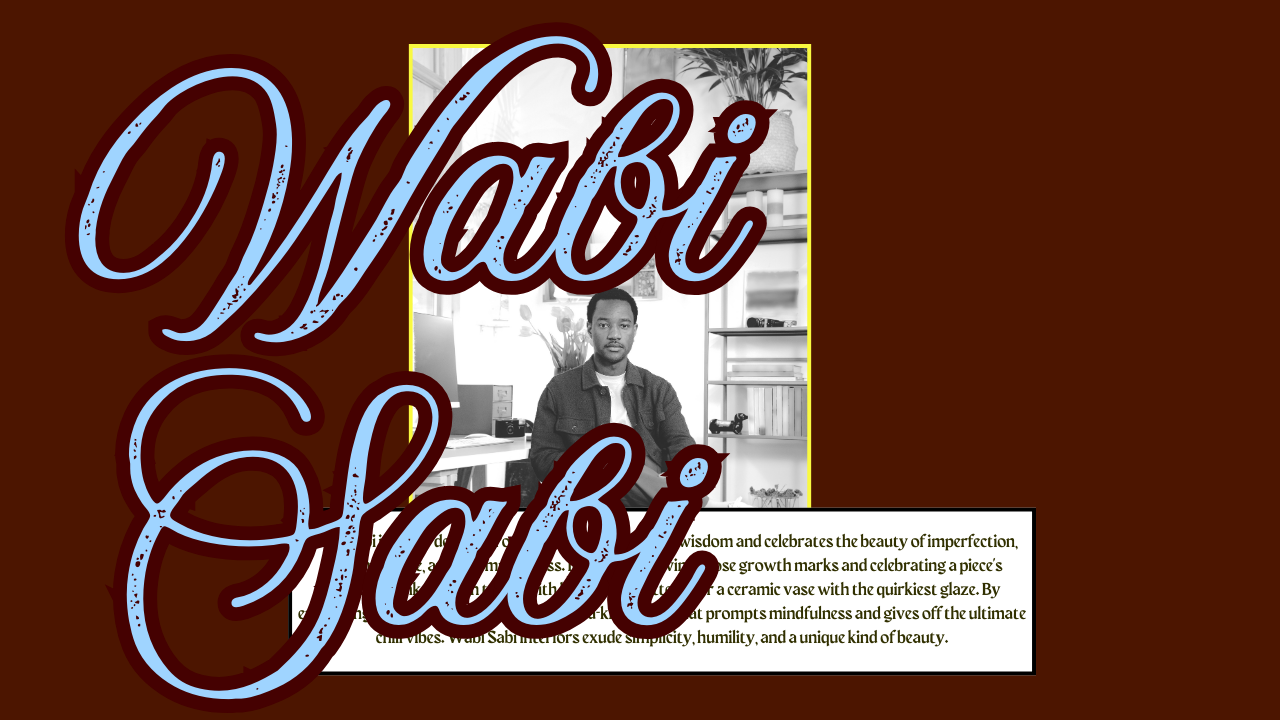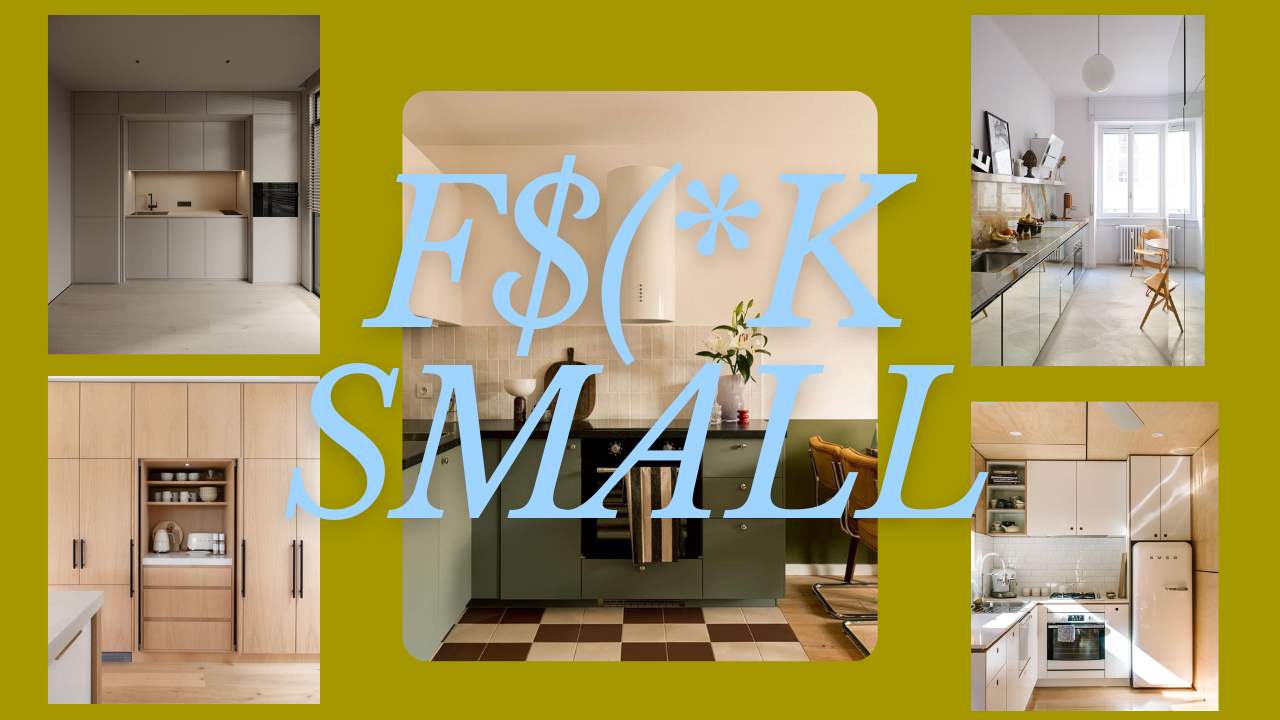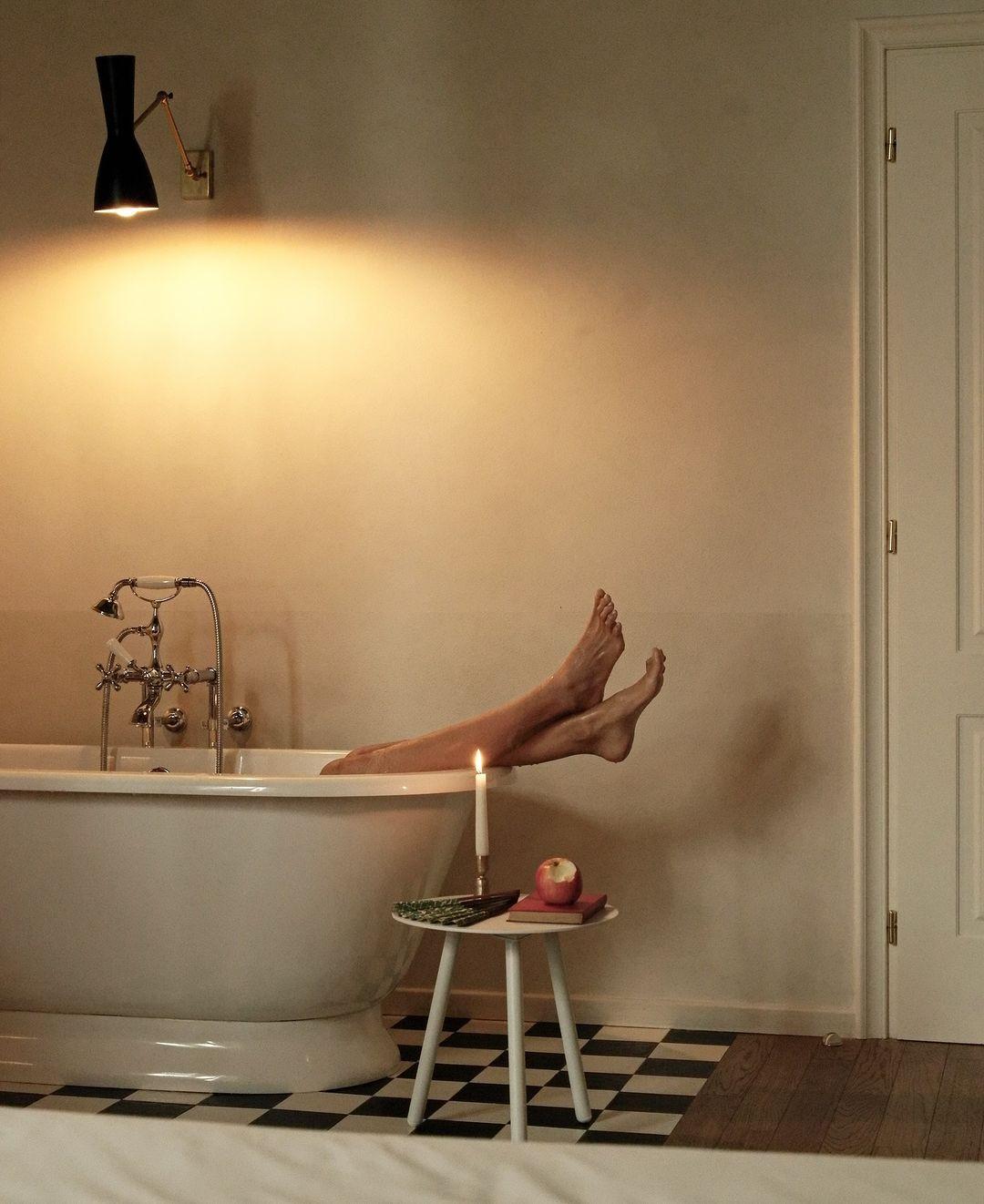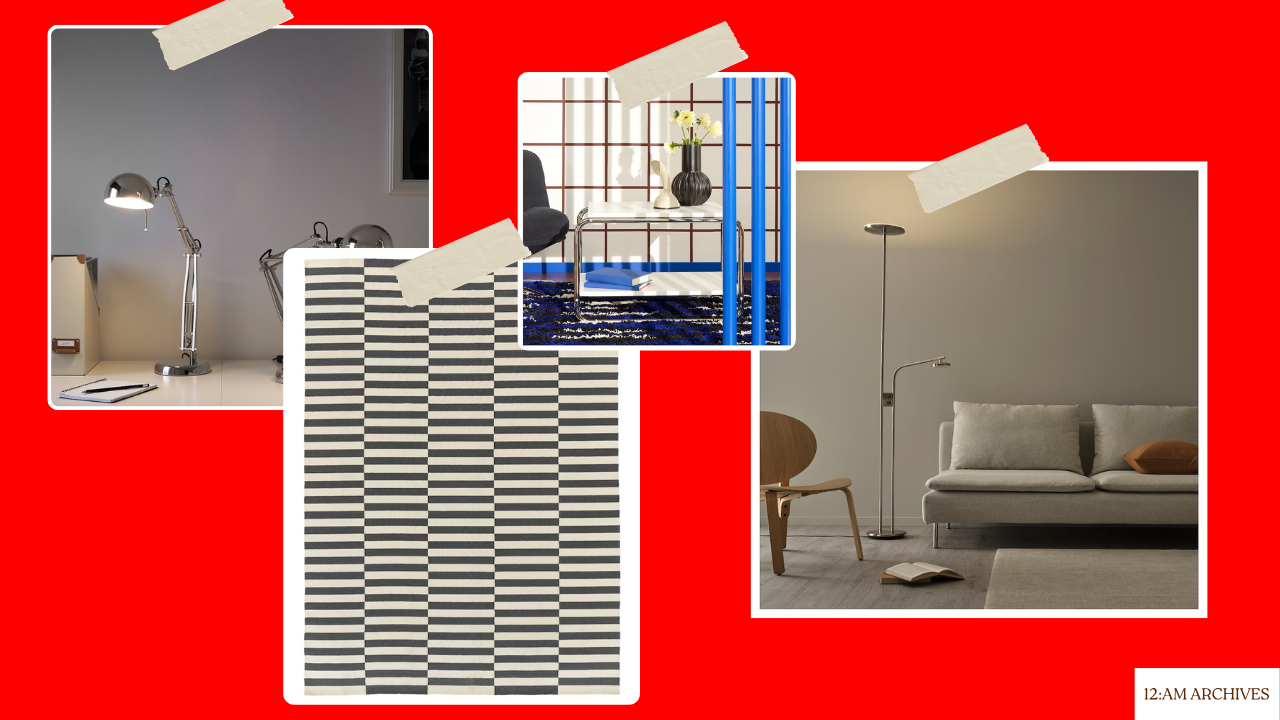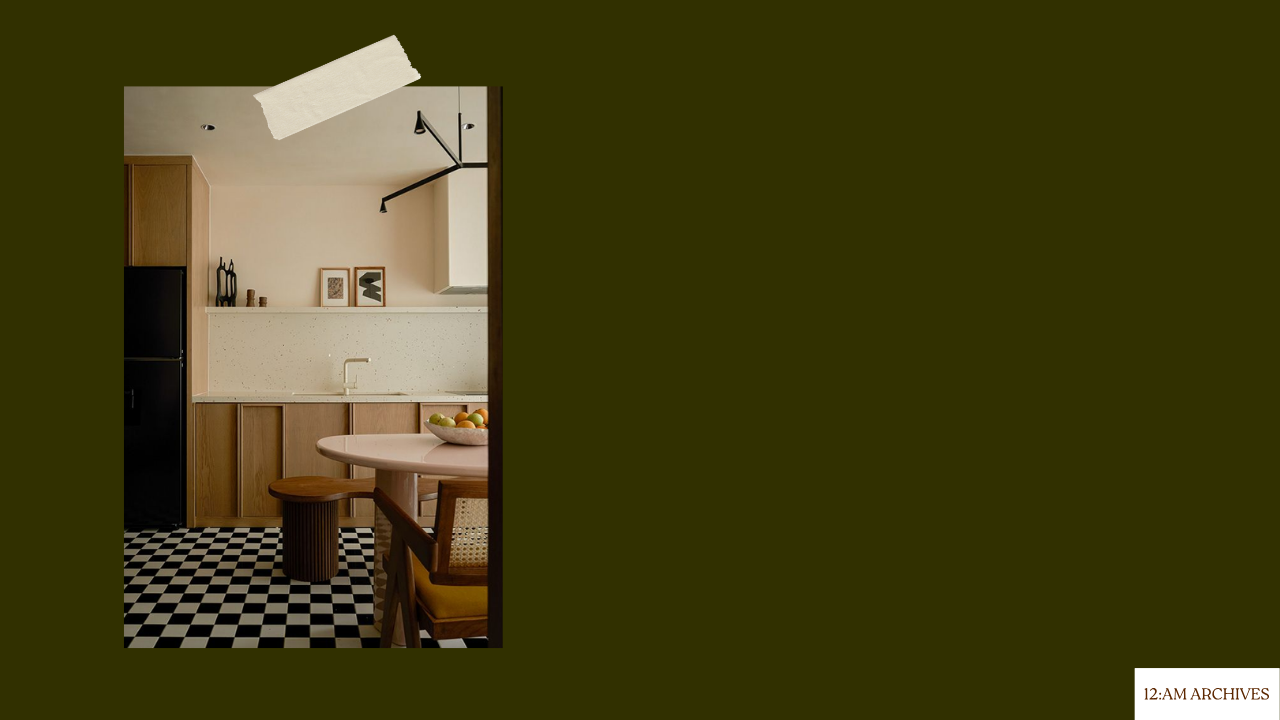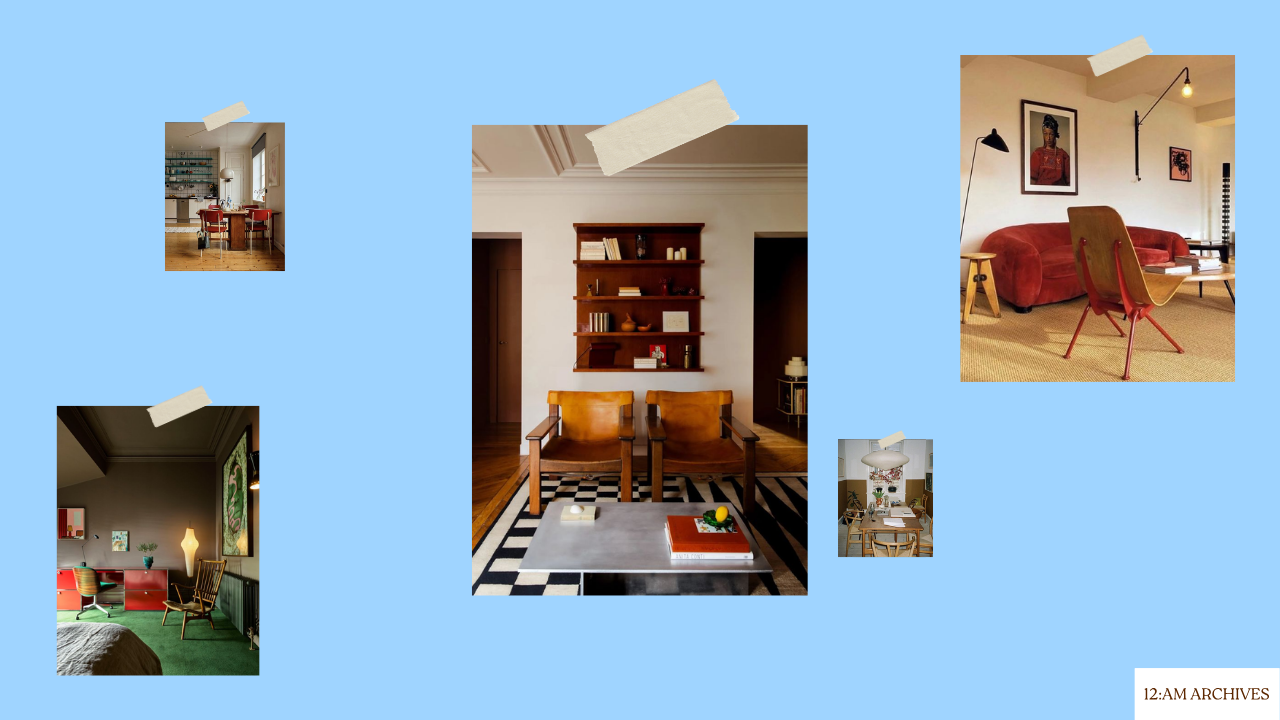Is Wabi Sabi interior design the finest way to let your space tell a story? Yes! Originating from ancient Japanese philosophy, this style owns the beauty in imperfections, making everything feel like a tranquil art piece. Intrigued? Let’s dive into what Wabi Sabi is all about, how to rock it in your crib, its defining tones, and a quick compare with the Japandi style. Get ready to fall for the raw charm and zen vibes of Wabi Sabi!
Table of Contents
Understanding Wabi Sabi Interior Design
The Essence of Wabi Sabi
Wabi Sabi interior design is rooted in ancient Japanese wisdom and celebrates the beauty of imperfection, impermanence, and incompleteness. It’s all about loving those growth marks and celebrating a piece’s history. Think wooden tables with killer grain patterns or a ceramic vase with the quirkiest glaze. By embracing these flaws, you create a one-of-a-kind space that prompts mindfulness and gives off the ultimate chill vibes. Wabi Sabi interiors exude simplicity, humility, and a unique kind of beauty.
Historical Roots and Evolution
Wabi Sabi’s story began with Zen Buddhism and the traditional Japanese tea ceremony. Originally, Wabi was about the solitude found in nature, while Sabi was all about the charm of aging. Over time, these concepts evolved: Wabi is now the rustic, simple life, and Sabi defines the beauty of aging. It’s like Zen Buddhism infused a big dose of mindfulness, embracing the fact that nothing lasts forever. Fast forward to today, Wabi Sabi’s philosophy is admired for finding beauty in the ordinary and embracing the slow lane in our fast-paced world.

Core Principles Explained
Wabi Sabi interior design is all about imperfection, impermanence, and simplicity.
- Imperfection: Celebrates flaws and time’s signature touches, like a cracked bowl or a rugged beam.
- Impermanence: Embraces life’s fleeting nature, featuring evolving elements like that must-have indoor plant.
- Simplicity: Focuses on minimalism, purpose, and keeping things clutter-free. These principles craft harmonious, authentic living spaces, giving you a serene escape from modern life’s craziness.
Incorporating Wabi Sabi into Your Home
Embracing Imperfection
Embrace imperfection by picking pieces that flaunt their flaws. Go for handmade items with quirky shapes or vintage furniture that rocks its wear and tear. Celebrate those cracks and worn textures. Think organic materials like stone, wood, and clay with unique imperfections, creating an environment that’s all-natural and oh-so-relaxing.
Choosing Natural Materials
Wabi Sabi vibes hard with natural materials. Opt for wood, stone, clay, and linen to add that rich, tactile feel and timeless beauty. Wooden furniture with obvious grain, stone surfaces, and linen textiles give rustic comfort. Hand-thrown pottery? A must. These materials will ground your space in Wabi Sabi’s chill essence.

Creating Tranquil Interiors
Declutter for a wide-open and calm feel. Pick functional, no-fuss furniture and steer clear of anything too ornate. Soft, neutral colors like earth tones work magic in setting the right vibe. Get a dose of nature with potted plants and use natural light or soft, ambient lighting for a serene glow. Textural elements like woven rugs and wooden accents add depth and coziness. Keep it simple and focus on natural beauty to turn your home into a peaceful haven.

Wabi Sabi Colors and Textures
Earthy Tones and Hues
Earthy tones give off those natural, zen vibes that help keep you grounded. Colors like brown, beige, soft greens, and muted grays make spaces warm and inviting. These shades bring in the calm and integrate effortlessly with Wabi Sabi design elements. Use them to create a chill, nature-connected space.
Textural Elements in Wabi Sabi
Textures are where it’s at for adding depth and a rich feel. Go for rough-hewn wood, unpolished stone, and handwoven textiles. These choices boost visual appeal and create a sensory experience that’s super grounding. Embrace woven baskets, linen cushions, and raw surfaces like exposed brick or wooden beams to nail that natural look. Layering textures helps build an organic, inviting space.

Harmonizing with Natural Light
Natural light is your bestie when it comes to Wabi Sabi beauty. Keep window treatments minimal and use mirrors to bounce light around. Light, neutral-colored walls will amplify natural light, creating airy, open spaces. Glass or translucent screens are perfect for diffusing light gently. Embracing natural light highlights Wabi Sabi’s elements and enhances that chill vibe.

Wabi Sabi vs. Japandi Design
Key Differences and Similarities
Wabi Sabi and Japandi design may share Japanese roots, but they each have a unique flavor.
- Wabi Sabi: All about imperfection, impermanence, and simplicity, with a focus on natural aging and flaws.
- Japandi: Mixes Japanese minimalism with Scandinavian functionality, emphasizing sleek lines and polished aesthetics.
Both styles love simplicity and natural materials, but their decor approaches vary. Wabi Sabi spotlights imperfect, meaningful items, while Japandi goes for minimal, functional decor. Both aim to create serene, harmonious spaces tied to nature.
Aesthetic Philosophies Compared
Wabi Sabi treasures the passage of time, celebrating the beauty in the worn and incomplete. Japandi fuses minimalism with practicality, balancing good form and function to craft pleasing, usable spaces. Wabi Sabi leans into raw, rustic elements, whereas Japandi prefers a more refined, polished look. Both styles strive for tranquil, harmonious environments that promote well-being and mindfulness. They each offer a unique connection to simplicity and nature.
Practical Applications in Modern Spaces
Wabi Sabi and Japandi principles can turn modern spaces into serene retreats.
- Wabi Sabi: Add handmade ceramics, vintage furniture, and subtly worn textiles for a space brimming with character and warmth. Anchor the look in nature with wood, stone, and clay elements.
- Japandi: Focus on functionality with minimalist furniture and clean lines. Neutral palettes with bold accents bring out simplicity and elegance. Use Scandinavian storage hacks for a clutter-free zone.
Natural light and organic materials are the secret sauce for both styles. Whether you’re feeling Wabi Sabi’s rustic vibes or Japandi’s sleek functionality, these philosophies can help you craft a peaceful, stylish living space.
